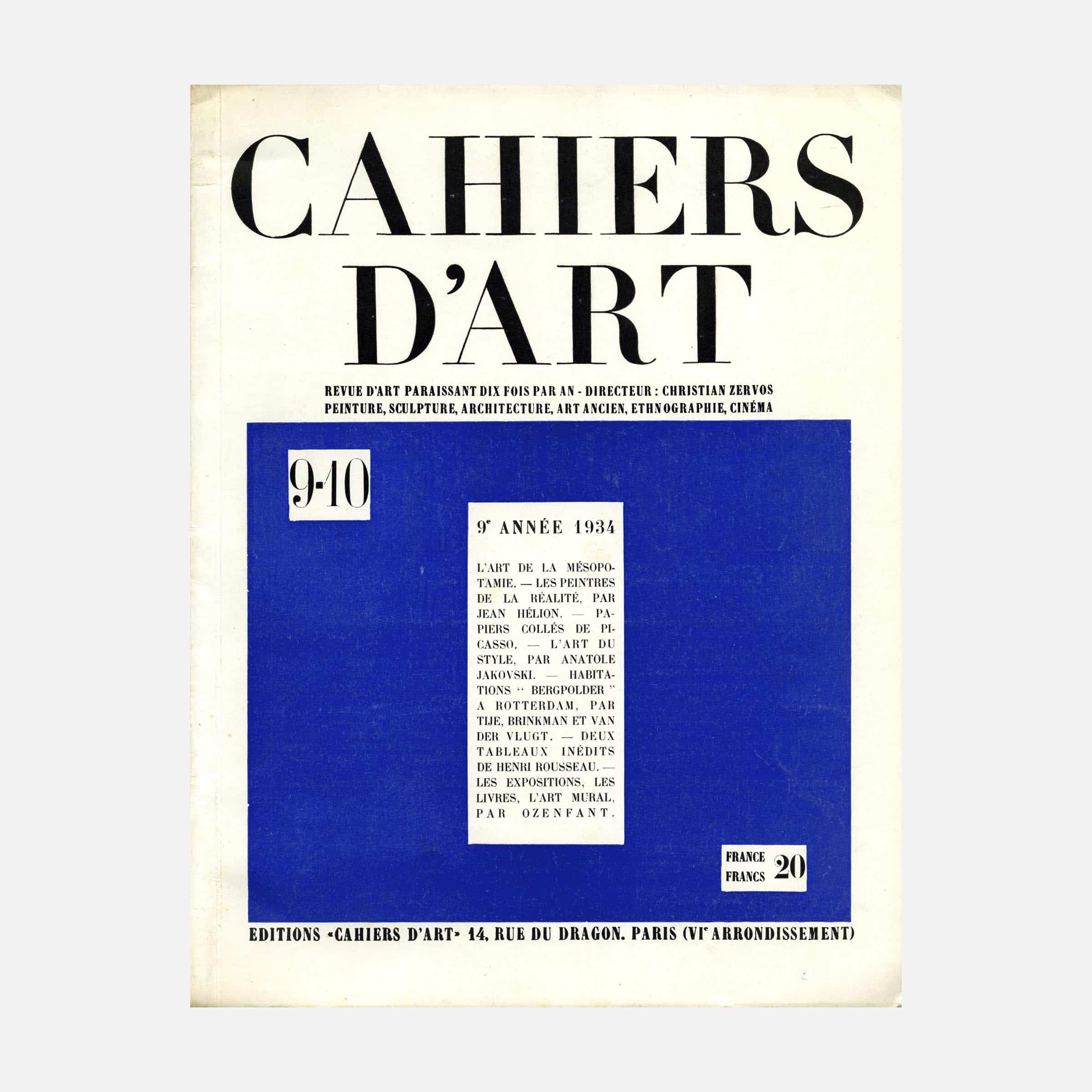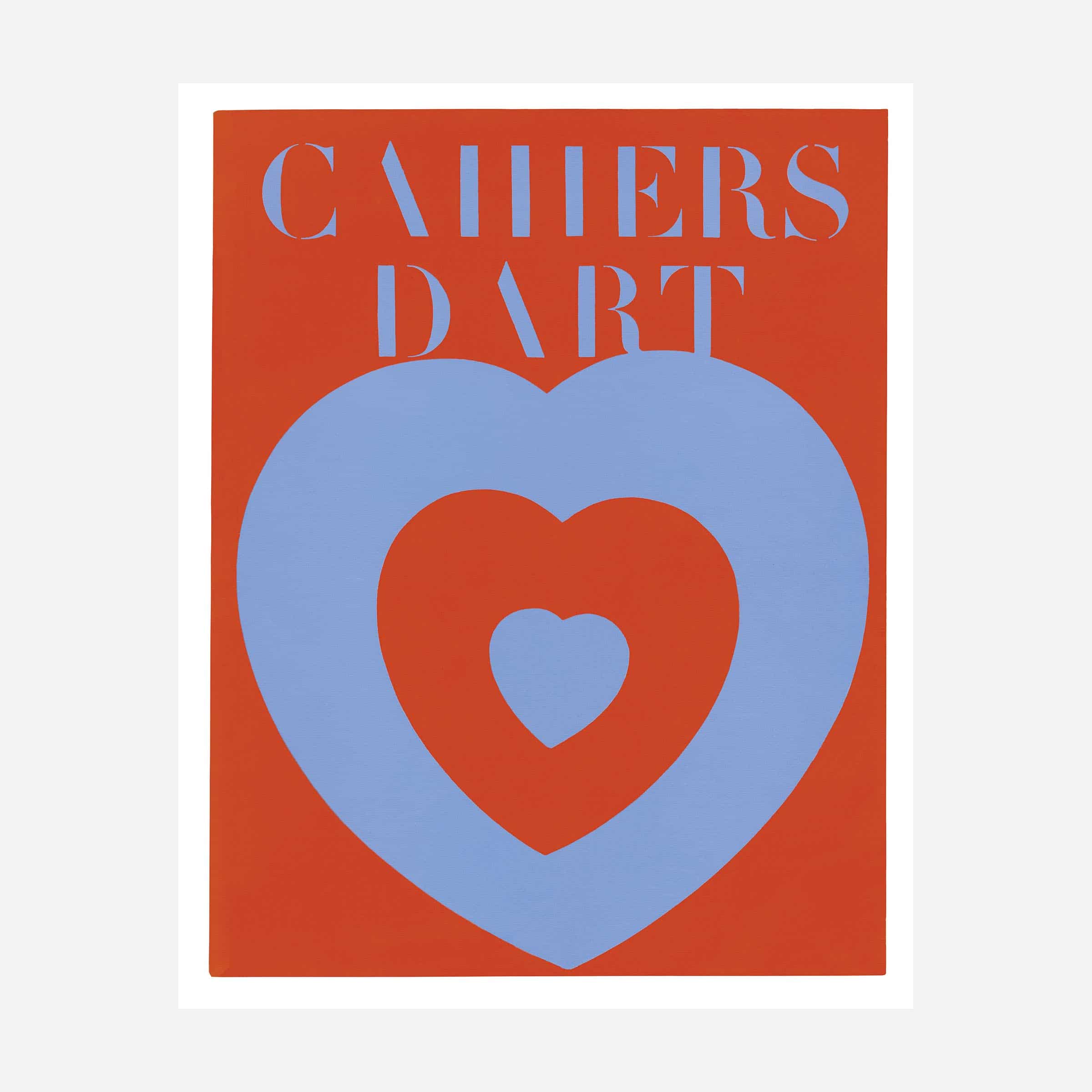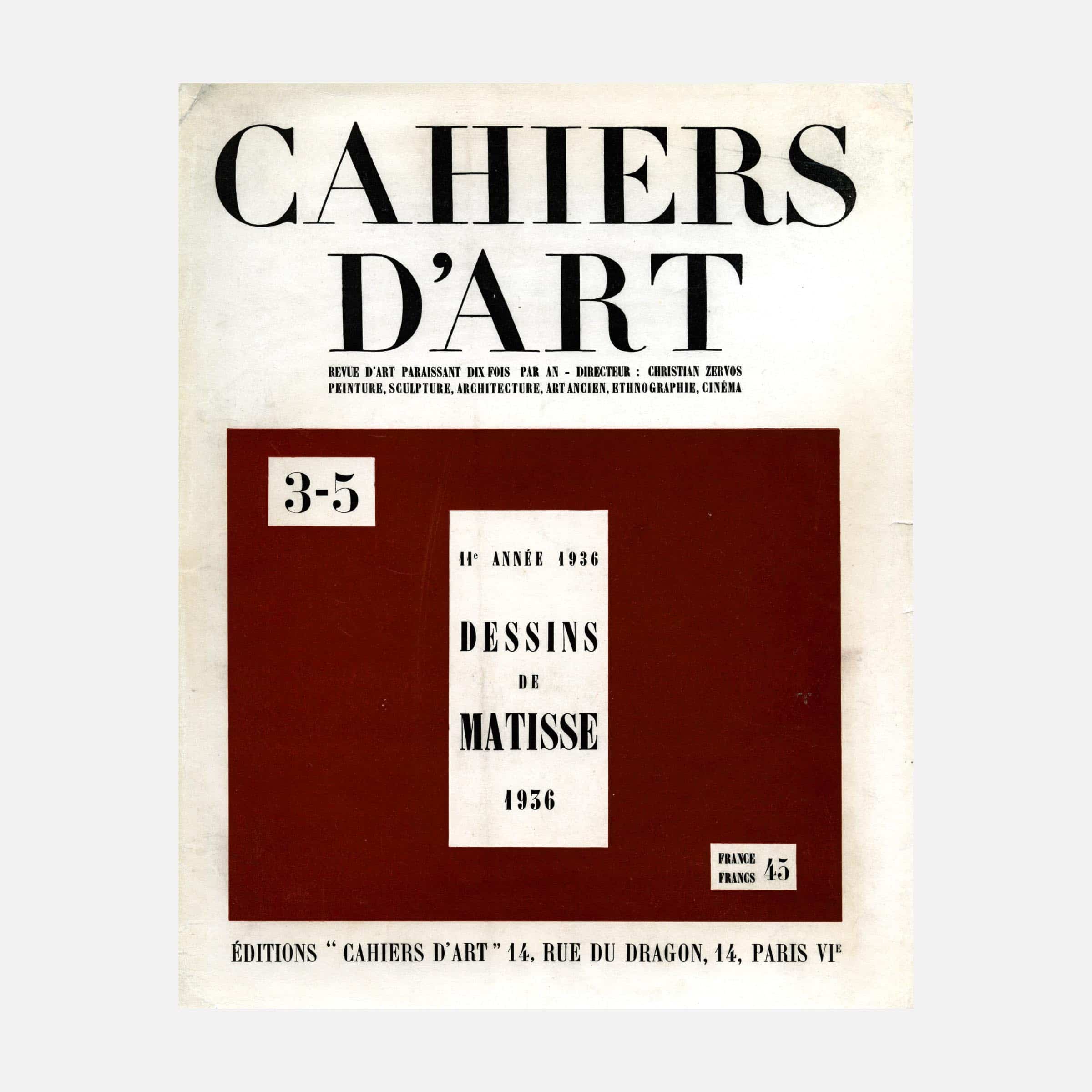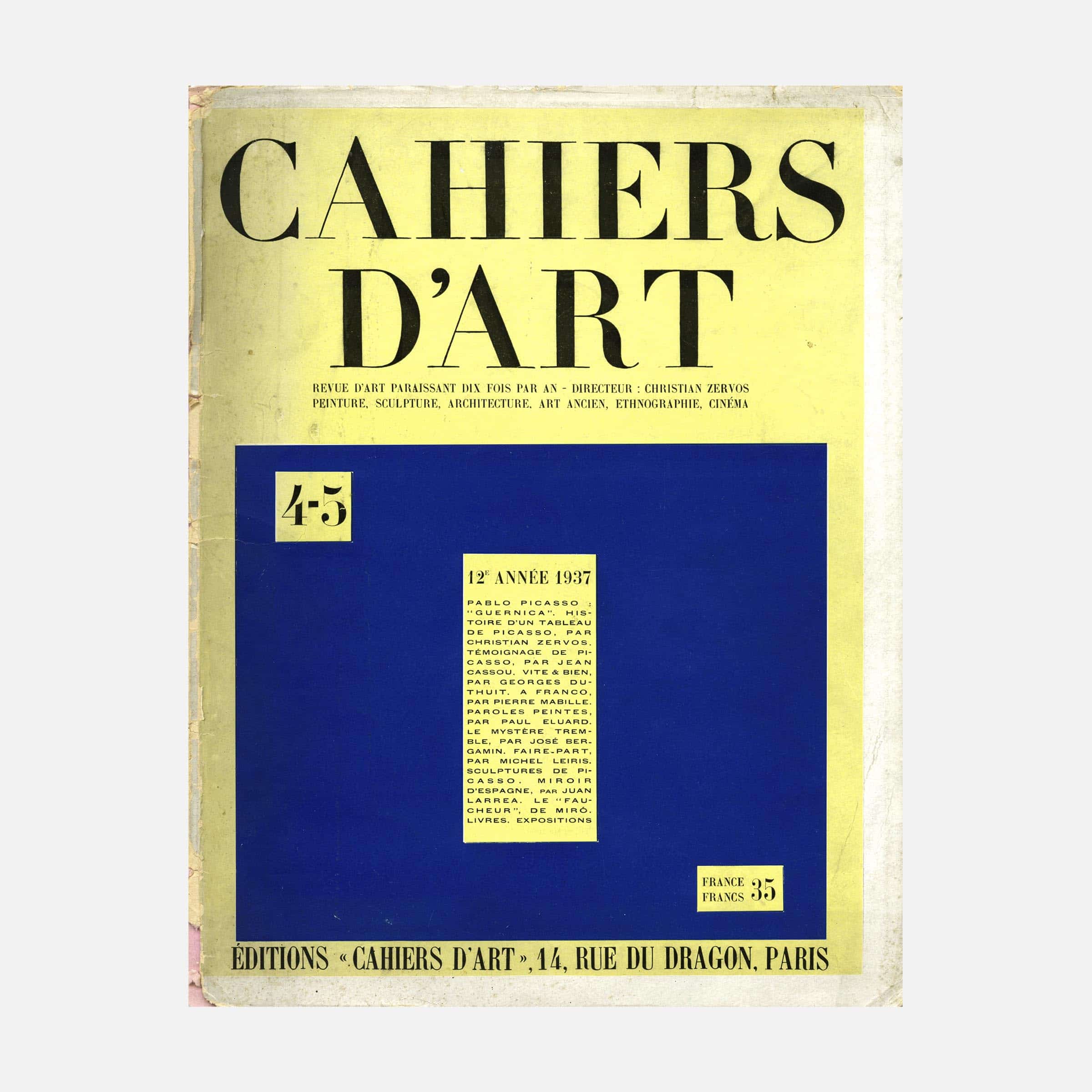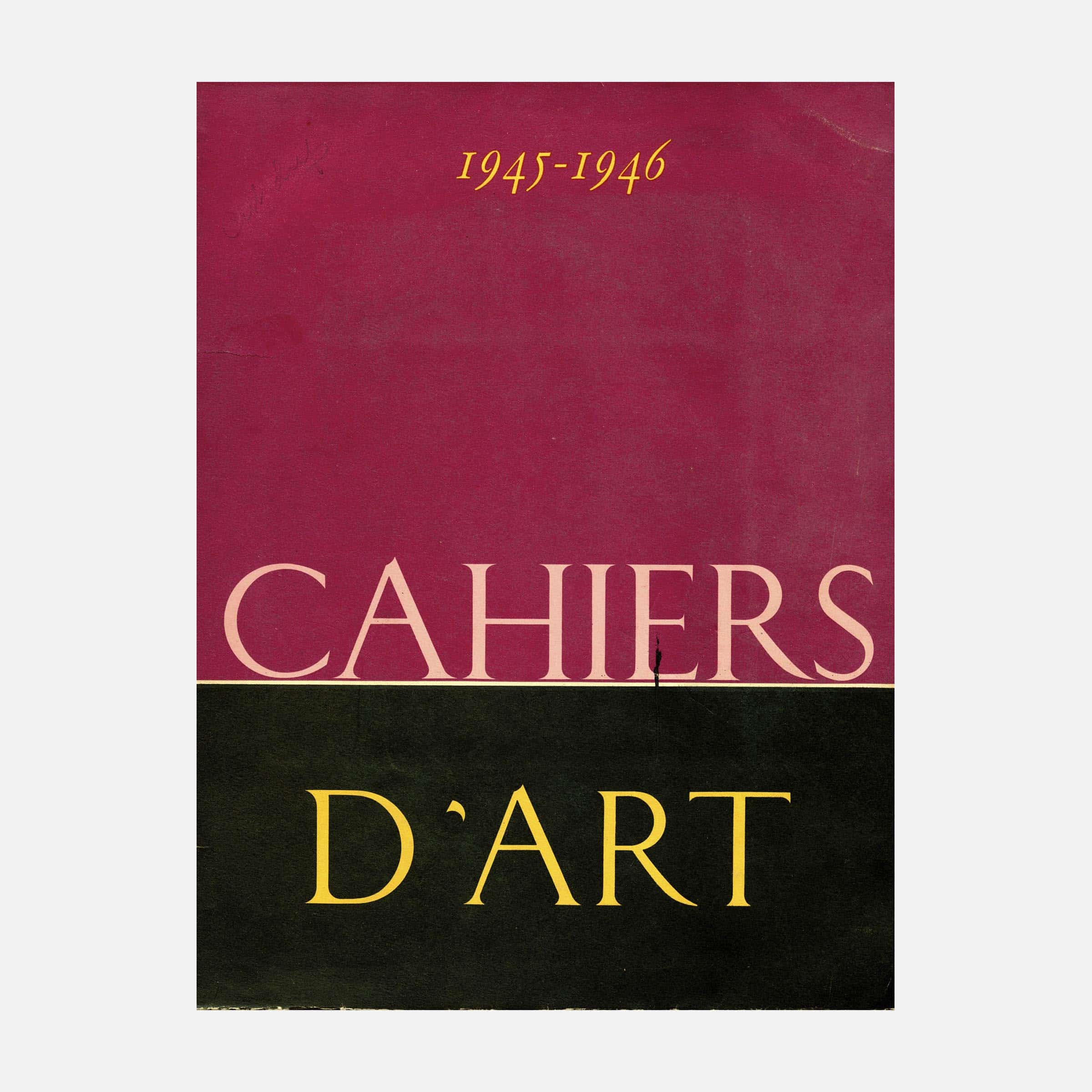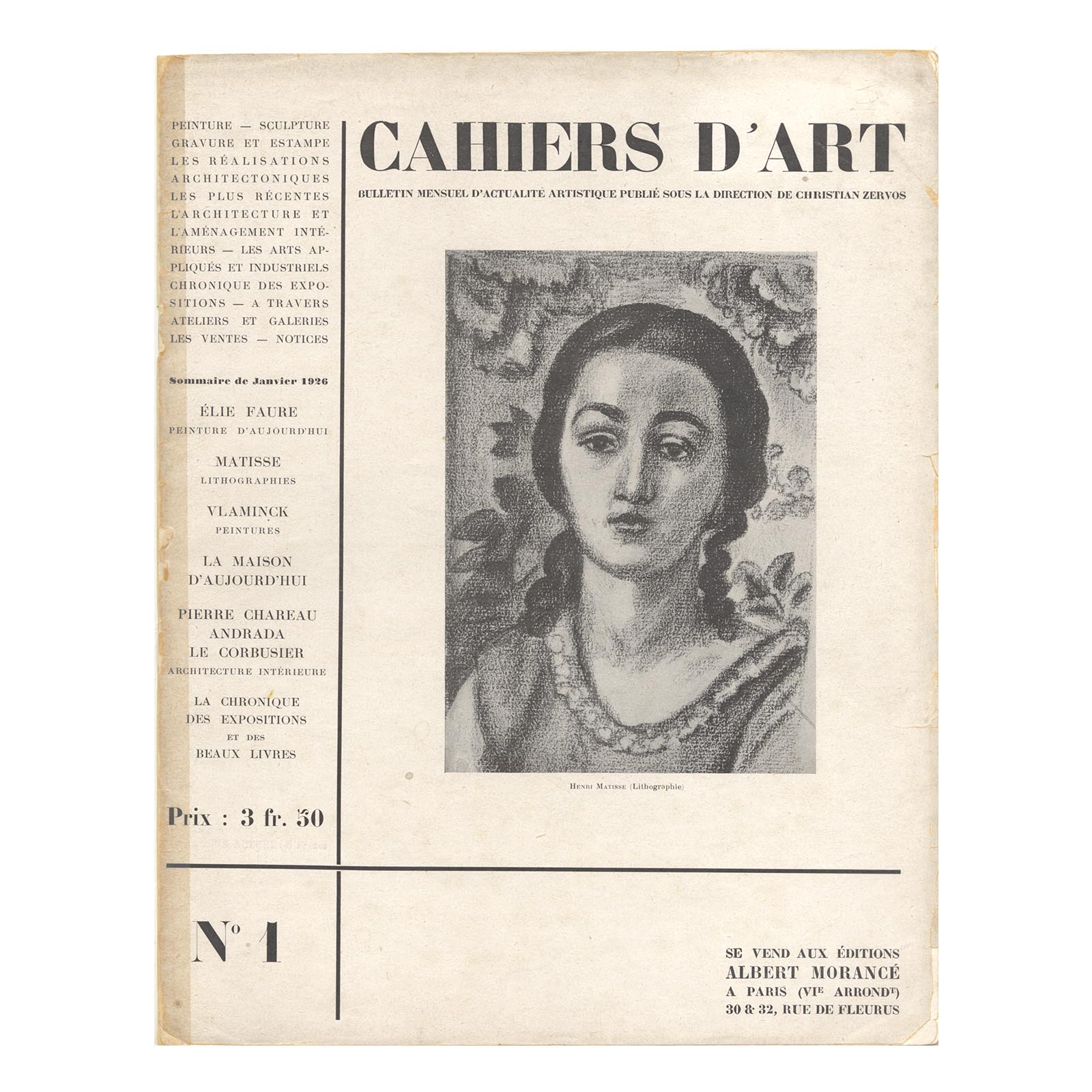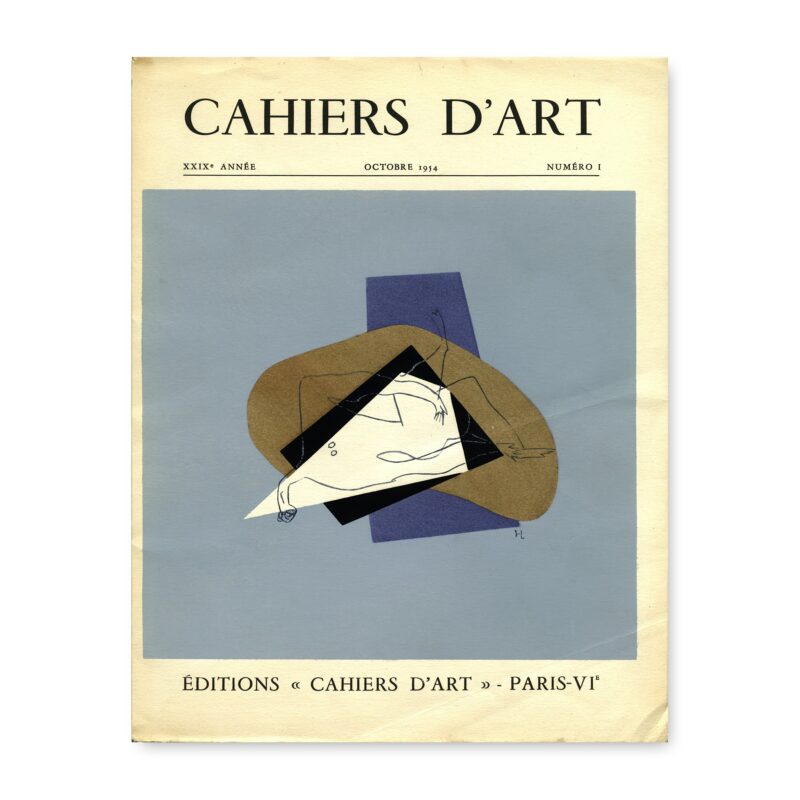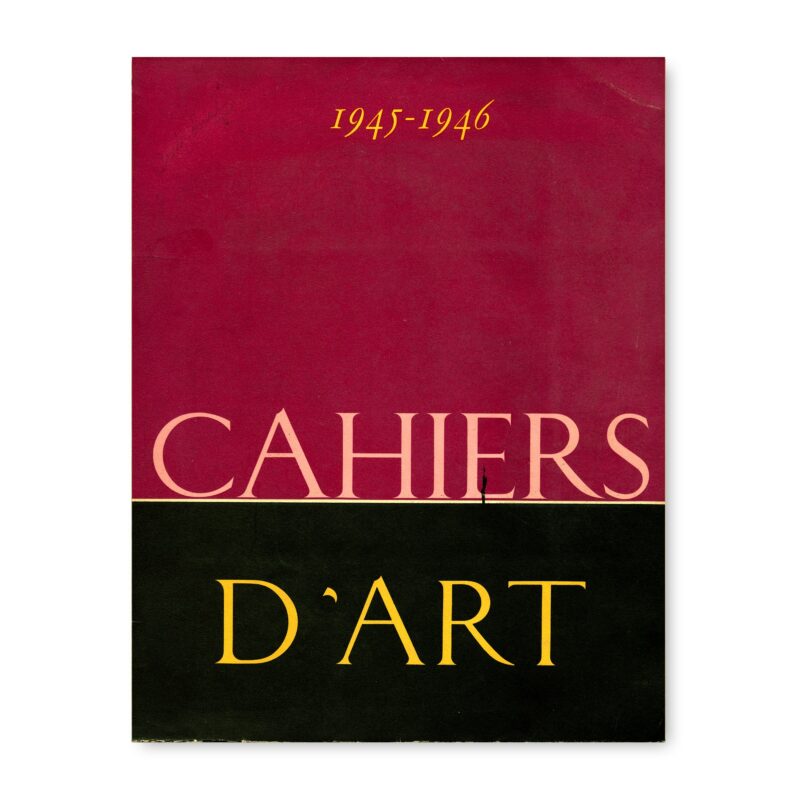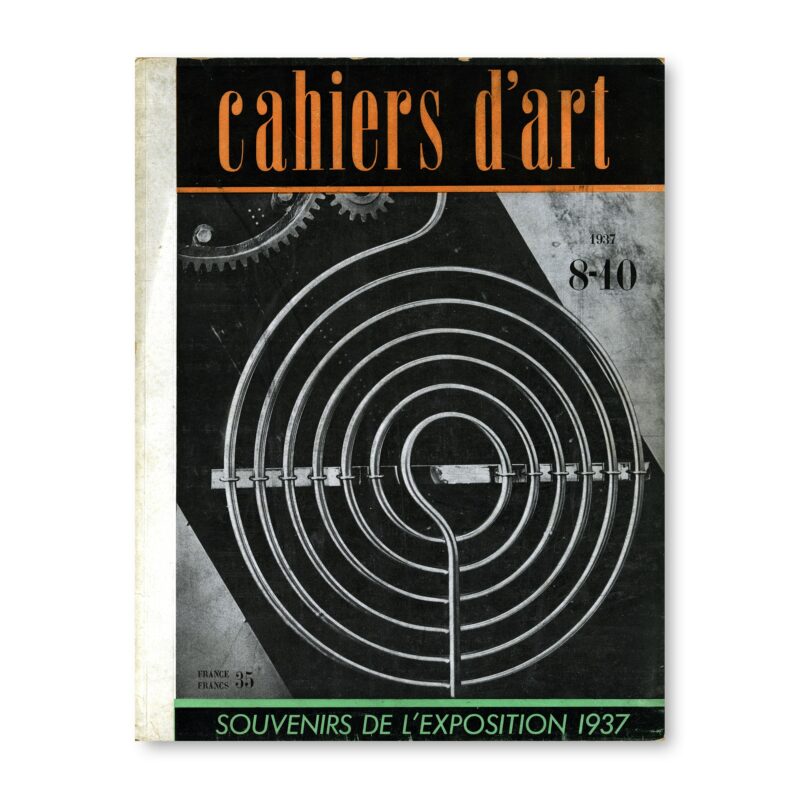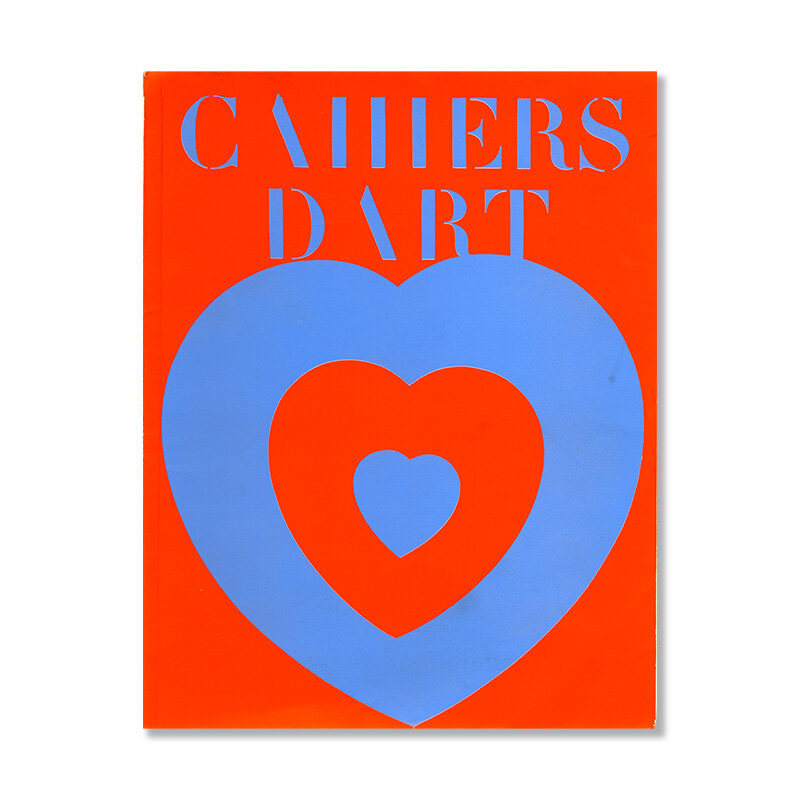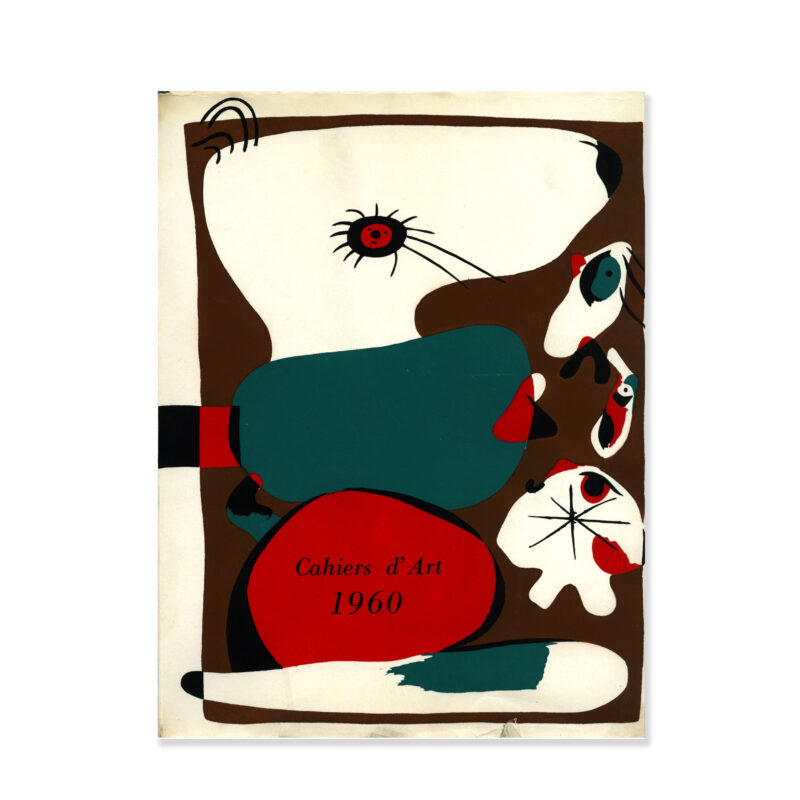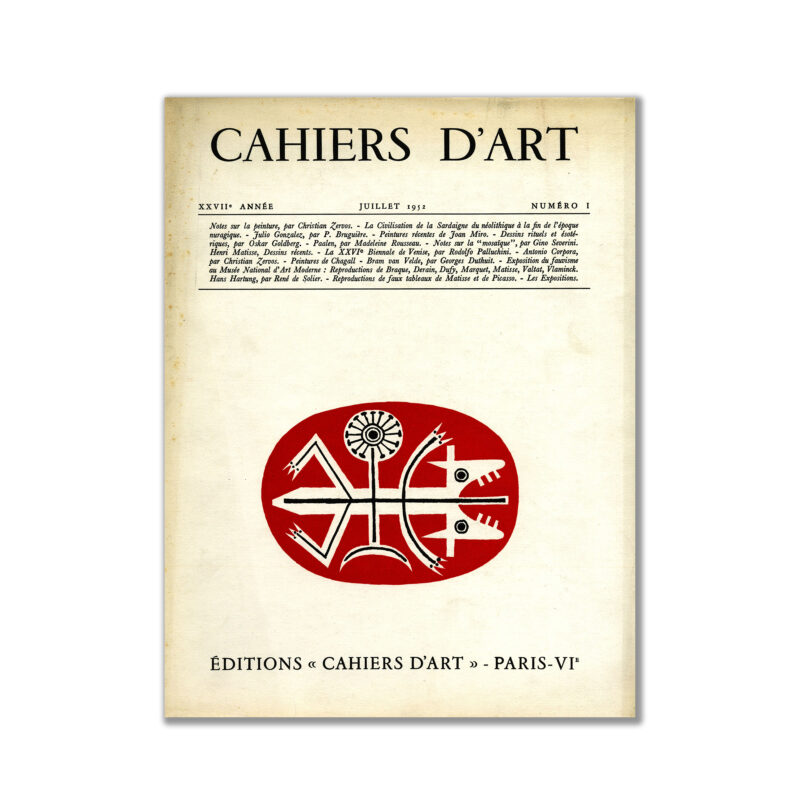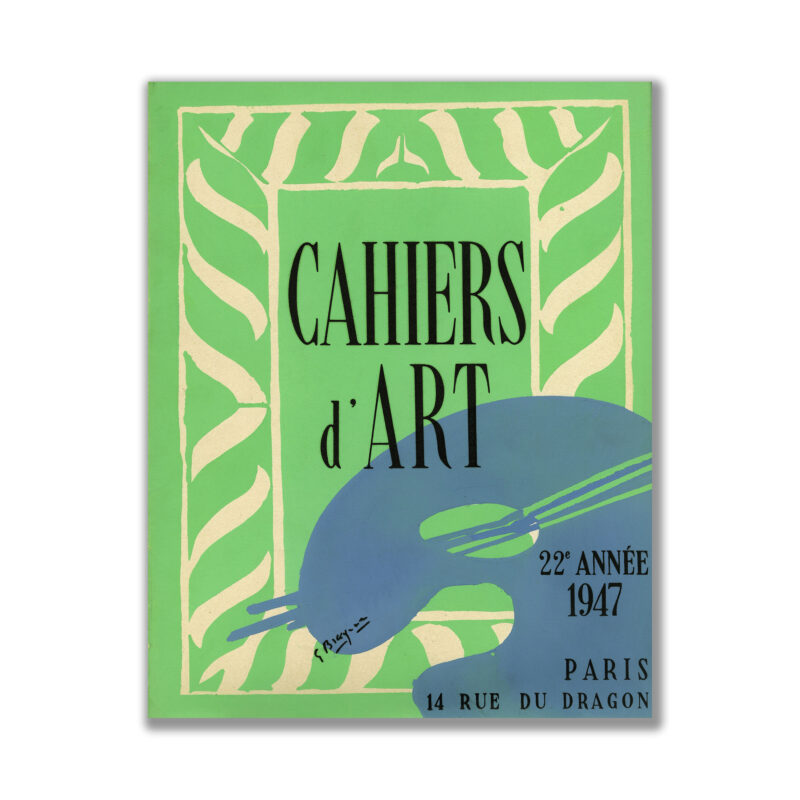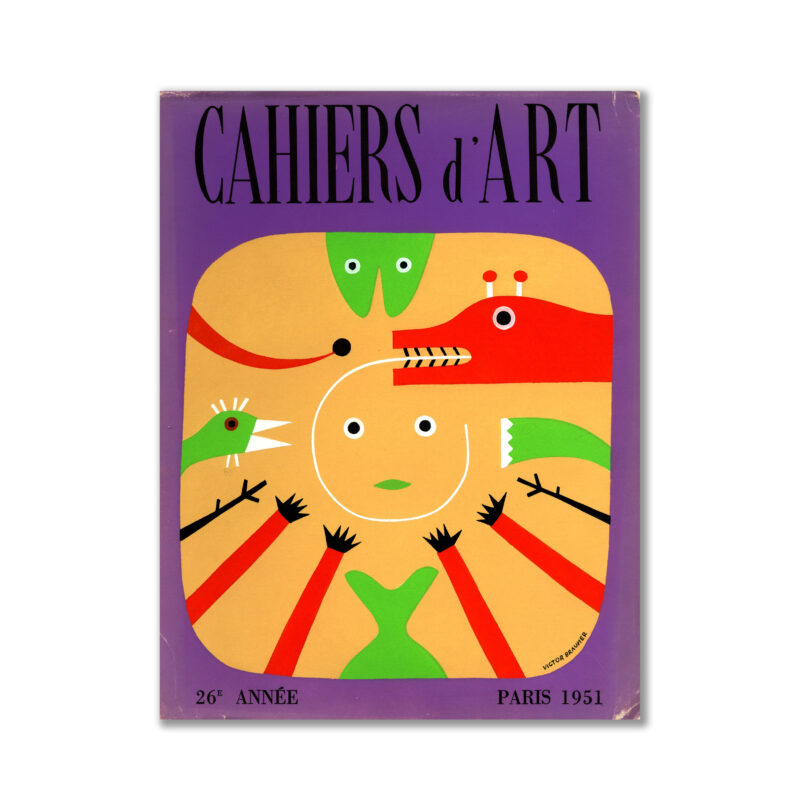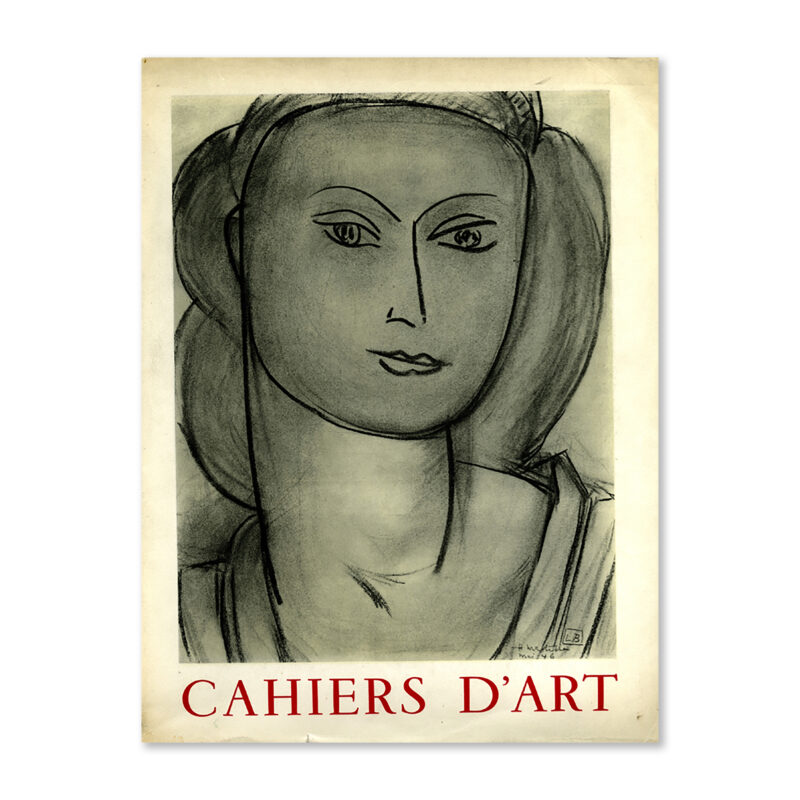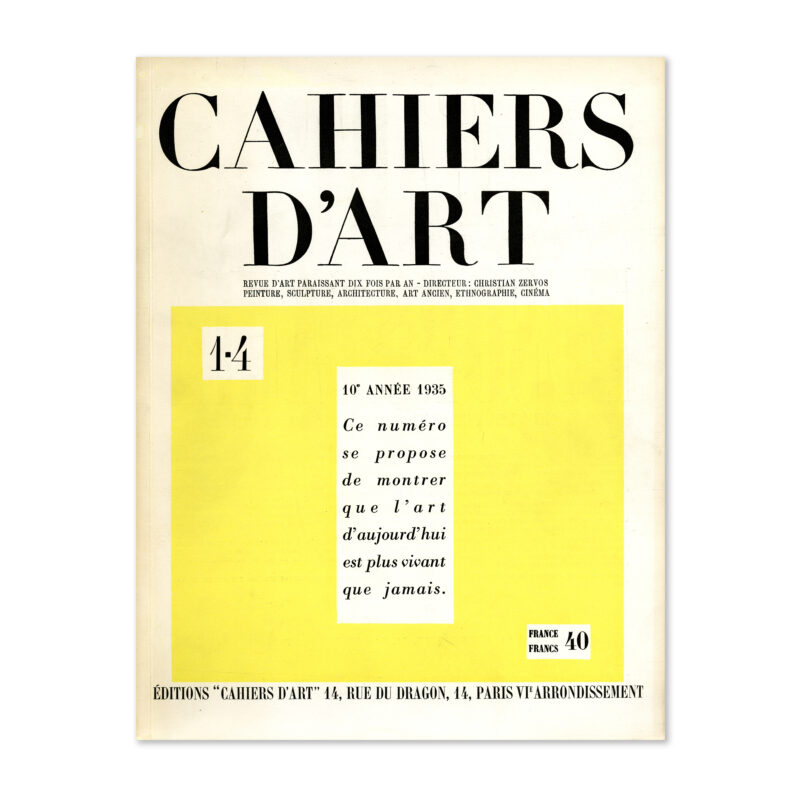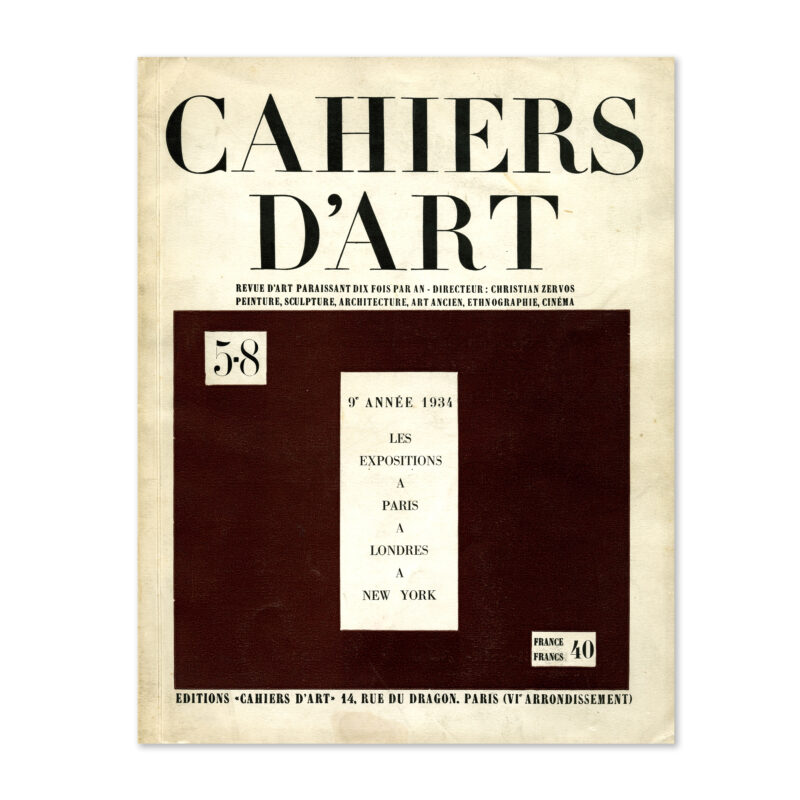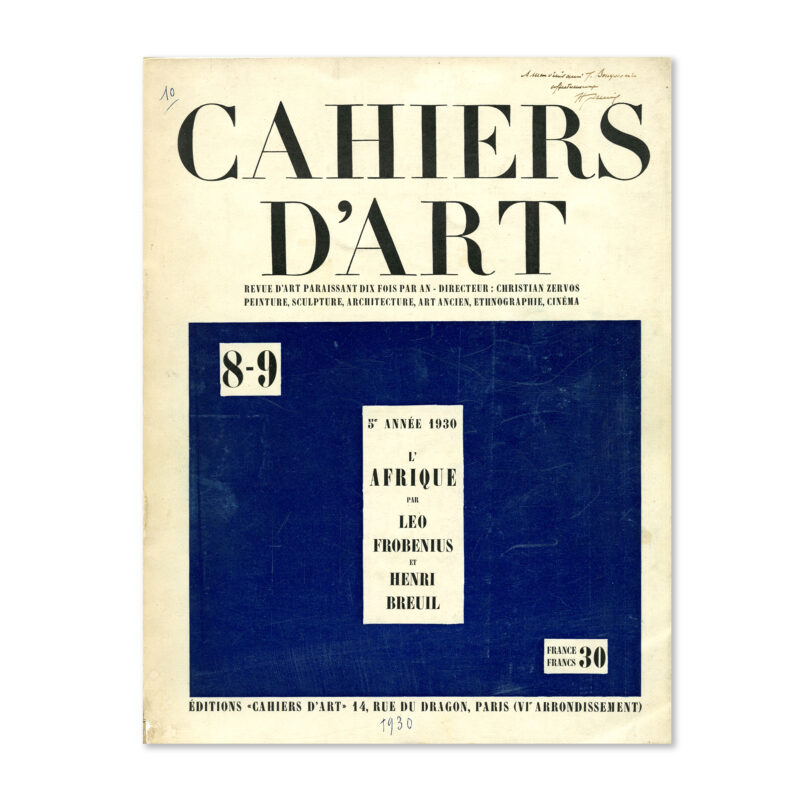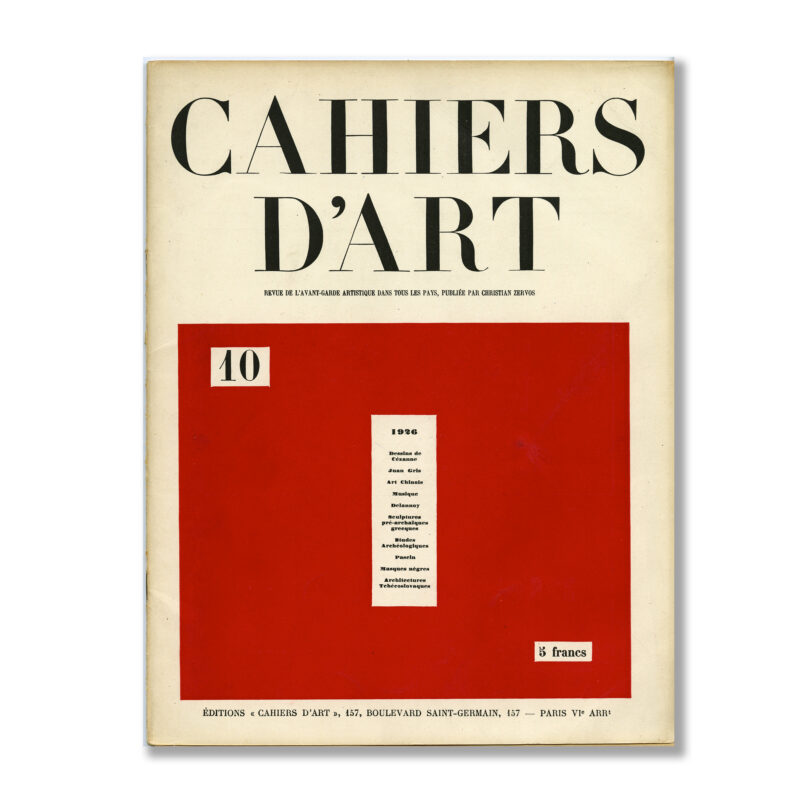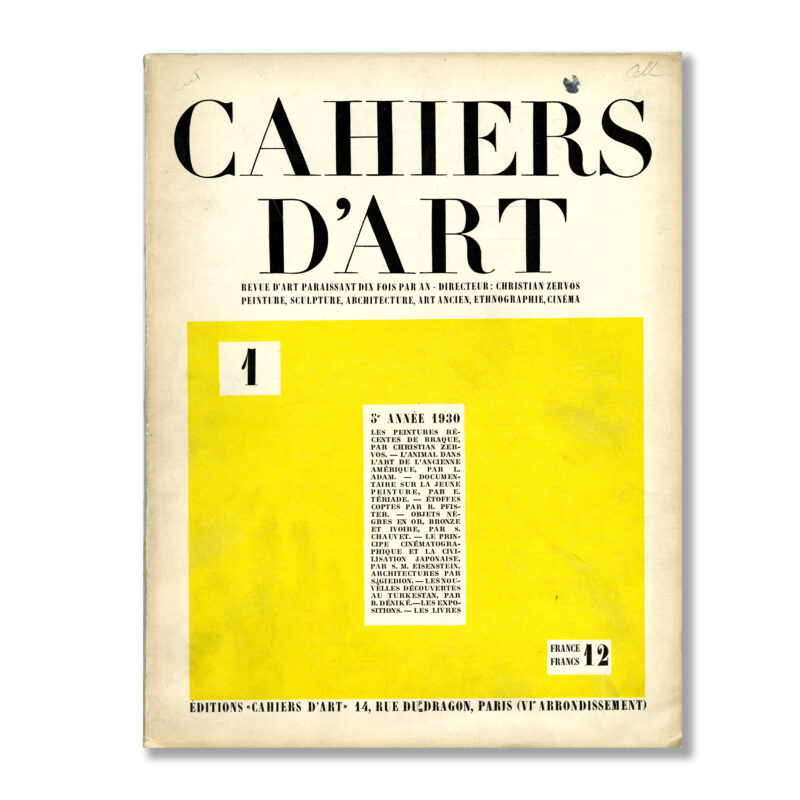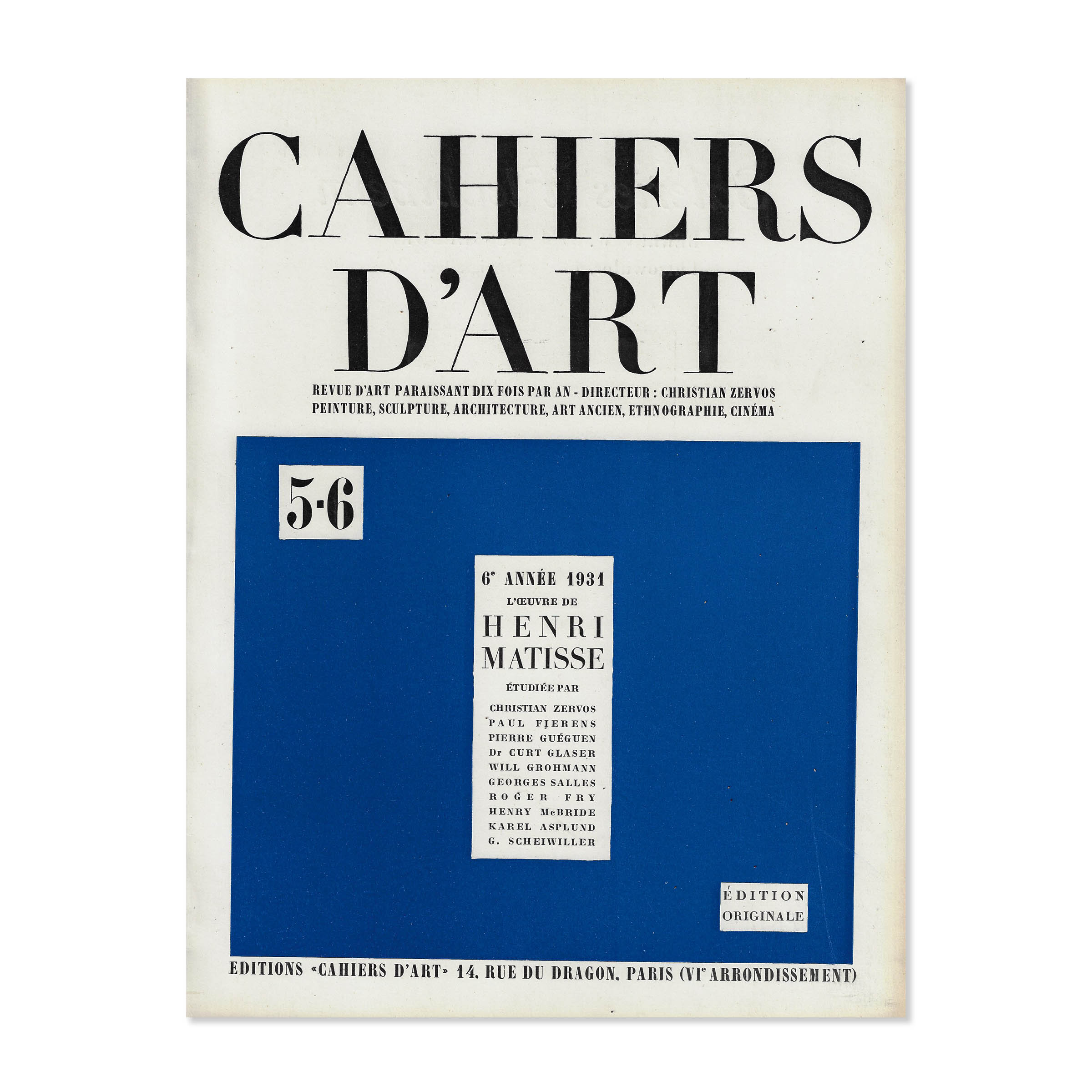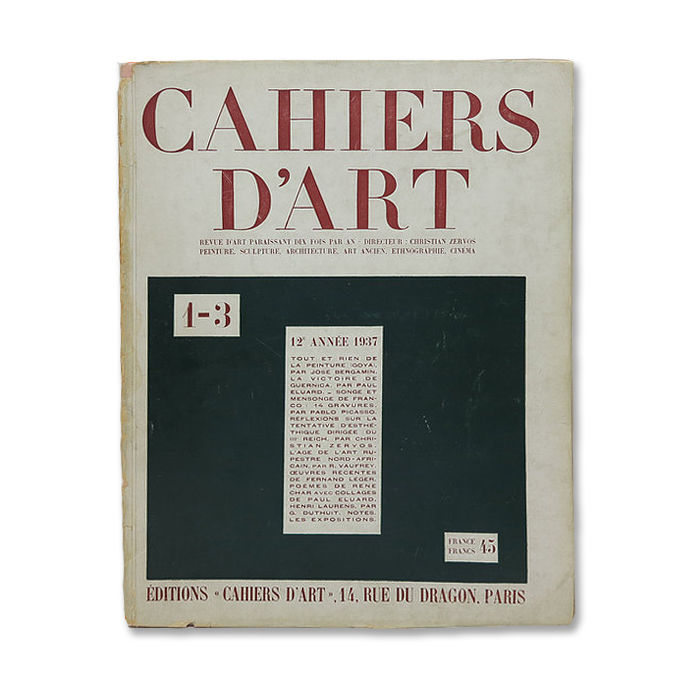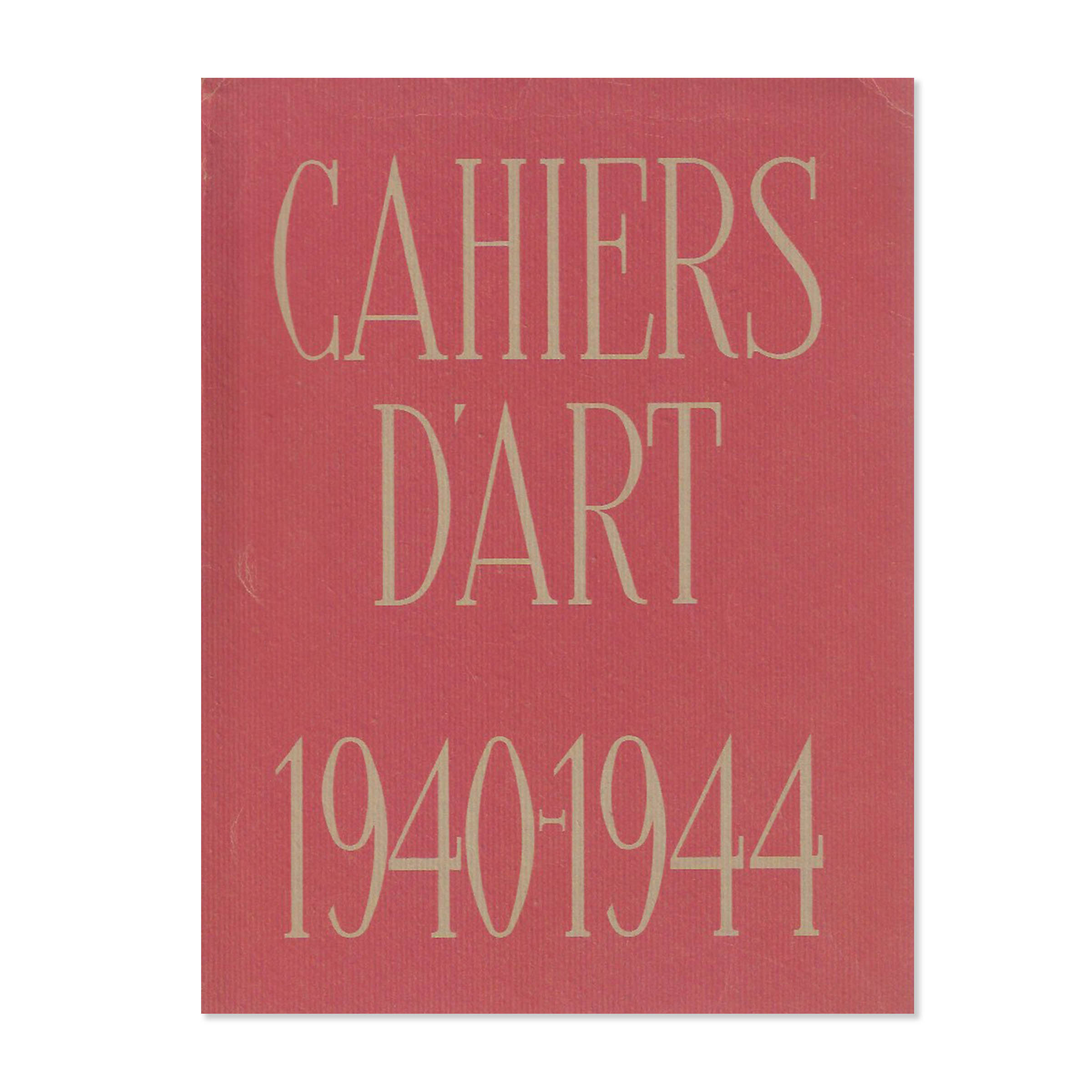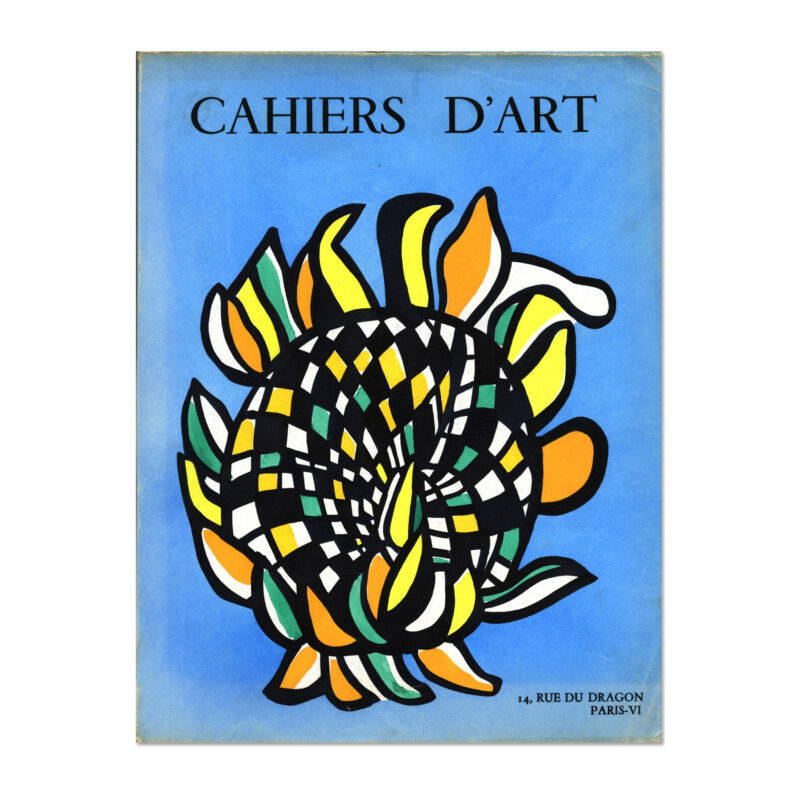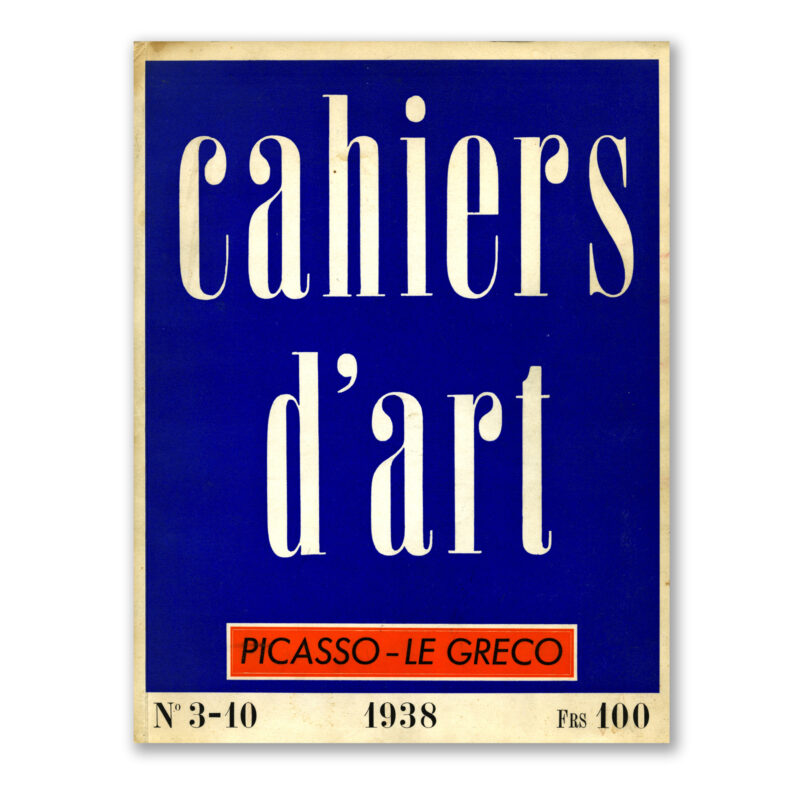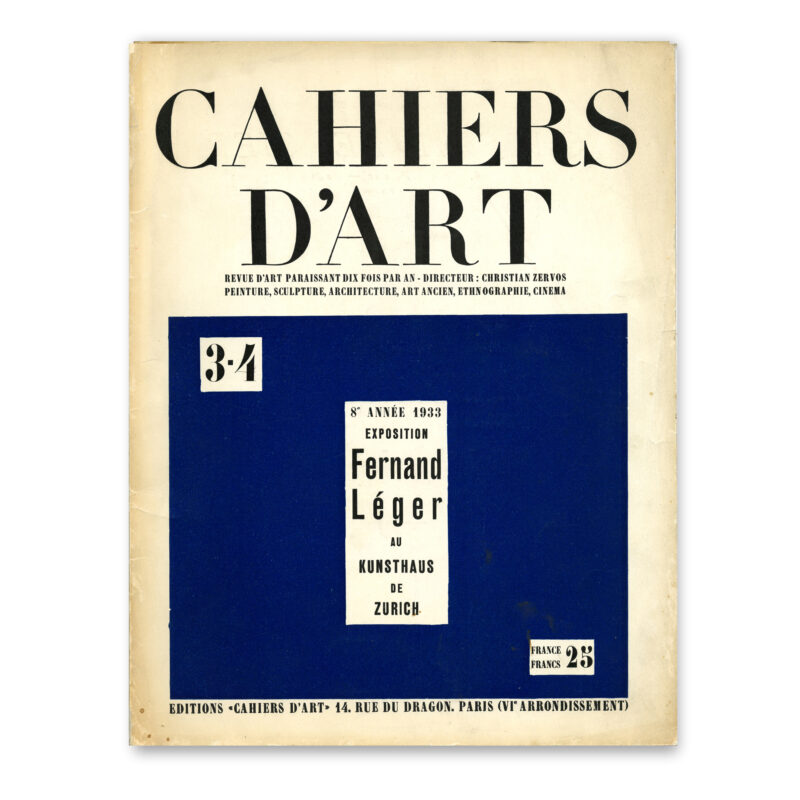Cahiers d’art 1926 – 1960
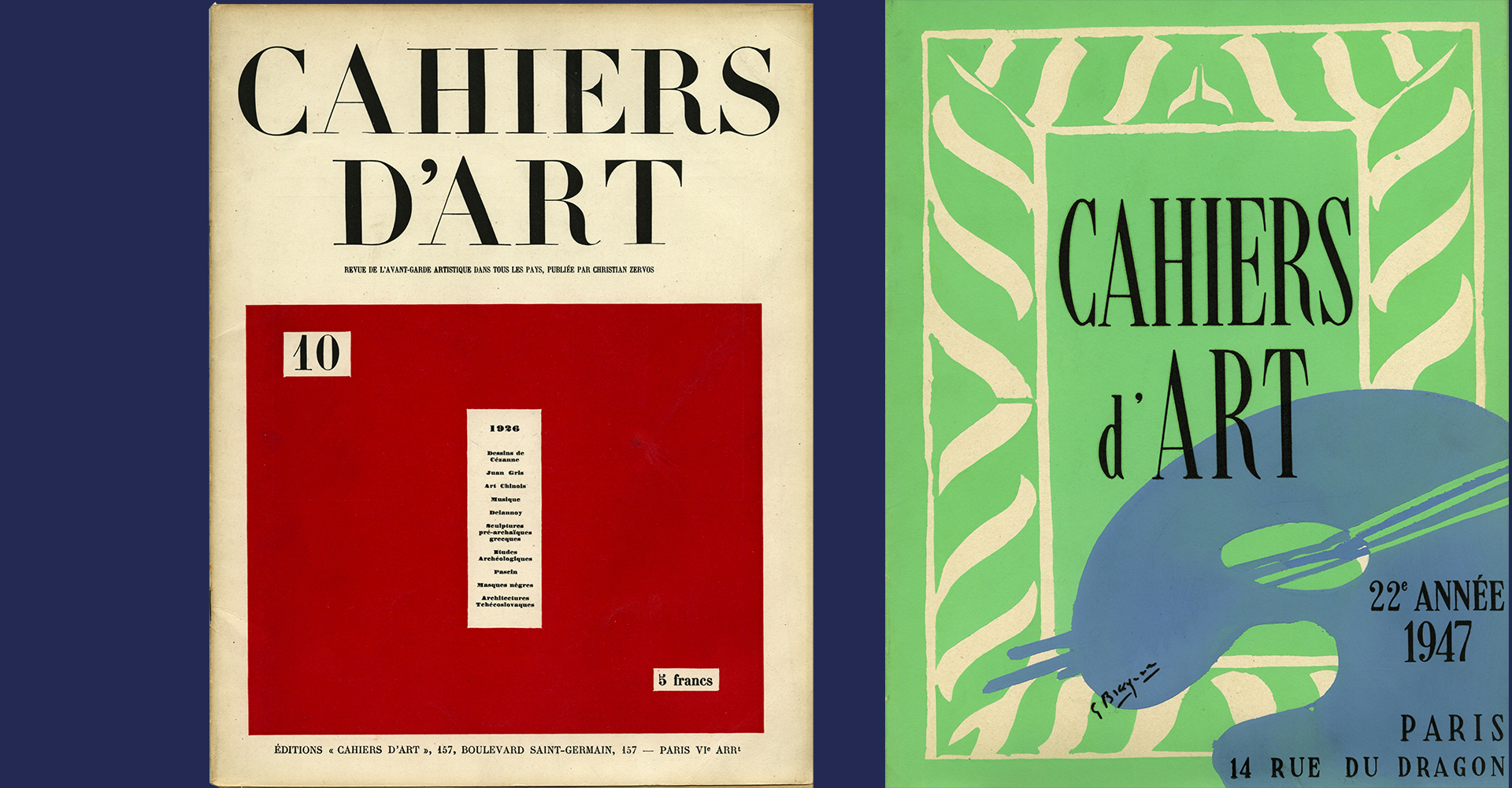
Cahiers d’Art was founded by the art critic Christian Zervos in January 1926
At the very beginning the revue was hosted at the Parisian headquarters of the Albert Morancé publishing house, at no. 40 rue Bonaparte, then rapidly it moved in November to no. 157 boulevard Saint-Germain before settling permanently at no. 14 rue du Dragon.
The beginning of Cahiers d’Art coincided with the discovery in France of the Bauhaus, Le Corbusier, Vassily Kandinsky and Paul Klee. The very first issue was on Henri Matisse. From the 1930s until the Second World War, the magazine was mainly devoted to artists living and working in Paris and to all those who left their mark on the history of 20th century art, such as Pablo Picasso, Alberto Giacometti, Fernand Léger, Georges Braque, Henri Matisse, Jean Arp, Alexander Calder, Max Ernst.
The Revue had to cease publishing from 1940 to 1944 during the German occupation. The first post-war issue is dated 1940-1944. It is largely dedicated to poets and writers from the Resistance, including Vercors. The Cahiers d’Art editions also published poets, including Paul Éluard for Open Book I (in 1940) and Open Book II (1942). After the Second World War, the psychoanalyst Jacques Lacan published two articles on collective logic and Samuel Beckett, one of his first texts in French, “La peinture des Van de Velde ou le monde et le pantalon”.
The Revue has always been noted for the quality of its articles and illustrations, which have promoted modern art in France for thirty years. Among the artists who have been the subject of the most articles are Picasso, Fernand Léger, Max Ernst, Raoul Dufy, Marc Chagall, Brancusi, Van Gogh, Paul Klee, Henri Laurens, Moholy-Nagy, Jean Lurçat, Joan Miró, Calder, Victor Brauner, De Chirico, Wolfgang Paalen, Marcel Duchamp, Man Ray and Philippe Bonnet. These collaborations have often resulted in original productions by the artists.
In 1960, when Cahiers d’Art ceased publication, Christian Zervos had published 97 issues and more than 50 books.

